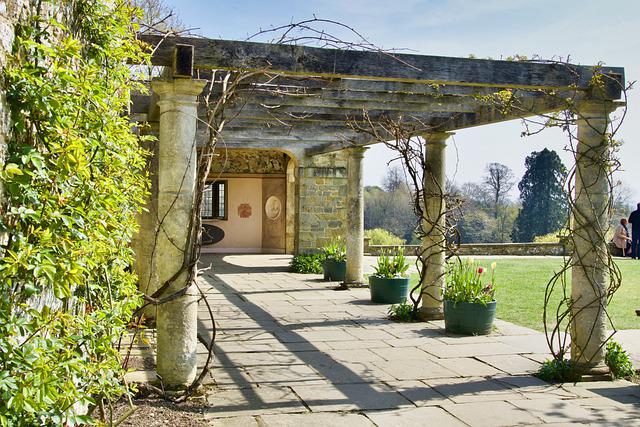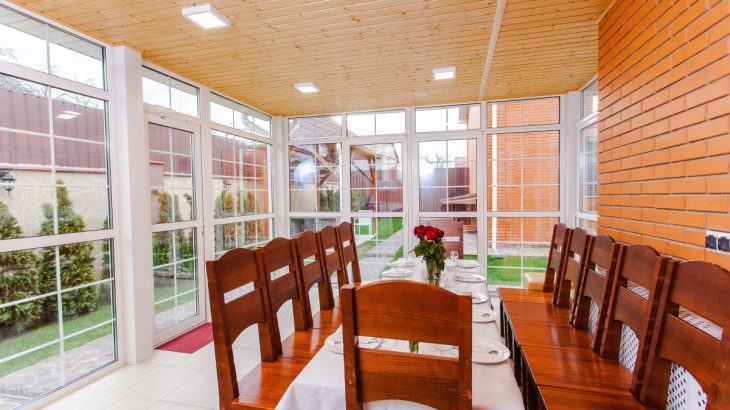Building a veranda can transform an outdoor space into a serene oasis or a lively gathering spot. The key to crafting that perfect veranda lies in selecting the right material for its structure. In the sunny climes of Florida, where the weather swings from scorching sun to tropical storms, choosing the right material is not just about aesthetics; it’s about durability, maintenance, and cost-effectiveness.
Understanding Your Material Options
Wood: The Classic Choice
Wood is a timeless choice for veranda construction, offering natural beauty and a warm, inviting ambiance. From pressure-treated pine to exotic hardwoods like teak and mahogany, wood can match any architectural style. However, wood requires regular maintenance to prevent decay, warping, and termite damage, especially in Florida’s humid climate.
Aluminum: Lightweight and Low Maintenance
Aluminum is a popular alternative to wood, especially in areas prone to severe weather. It’s rust-resistant, lightweight, and requires minimal upkeep. Aluminum structures can be powder-coated for extra protection and color variety, making it a versatile choice for modern and traditional homes alike.
Vinyl: Durability Meets Style
Vinyl is another low-maintenance option that resists moisture, insects, and fading. It can mimic the look of wood without the upkeep, making it ideal for those who love the wooden aesthetic but not the maintenance. Vinyl structures are also easy to clean and install, offering a cost-effective solution for builders.
Steel: The Sturdy Workhorse
For those prioritizing strength and durability, steel is the go-to material. It can withstand high winds and heavy loads, making it suitable for larger verandas. While it can be more expensive and heavier to work with, its longevity makes it a worthwhile investment. However, it requires proper coating to prevent rust, especially in coastal areas.
Considering Factors Beyond Material

Local Climate
Florida’s climate demands materials that can withstand humidity, salt air, and hurricanes. Aluminum and vinyl are excellent choices for their resistance to corrosion and decay. Wood, while beautiful, may require more maintenance to keep it looking its best.
Aesthetic Appeal
The material should complement the home’s existing architecture. Wood offers a classic look, while aluminum and vinyl provide more flexibility in design and color. Consider the home’s style and the desired ambiance of the outdoor space when choosing your material.
Budget and Maintenance
Budget constraints play a significant role in material selection. While wood may offer a higher aesthetic appeal, aluminum and vinyl offer cost savings in maintenance over time. Consider not only the upfront cost but also the long-term maintenance expenses.
The Final Touch: Making Your Choice
Selecting the right material for a veranda involves balancing aesthetics, climate resilience, and maintenance requirements. In Florida’s unique environment, the ideal choice is one that withstands the elements while complementing the home’s style and the homeowner’s lifestyle.
For builders, understanding these factors is crucial in advising clients and ensuring the constructed veranda not only looks beautiful but stands the test of time. Whether opting for the natural beauty of wood, the durability of aluminum, the low maintenance of vinyl, or the strength of steel, the right material can turn any veranda project into a lasting addition to a home.
In the end, the perfect veranda is one that invites relaxation and enjoyment, seamlessly blending functionality with style. By carefully selecting the right material, builders can craft outdoor spaces that become cherished extensions of the home.
We hope this guide has illuminated the path to selecting the best material for your veranda projects. Feel free to share your experiences or tips in the comments below. Your insights could be the guidepost for someone else’s project journey.



















